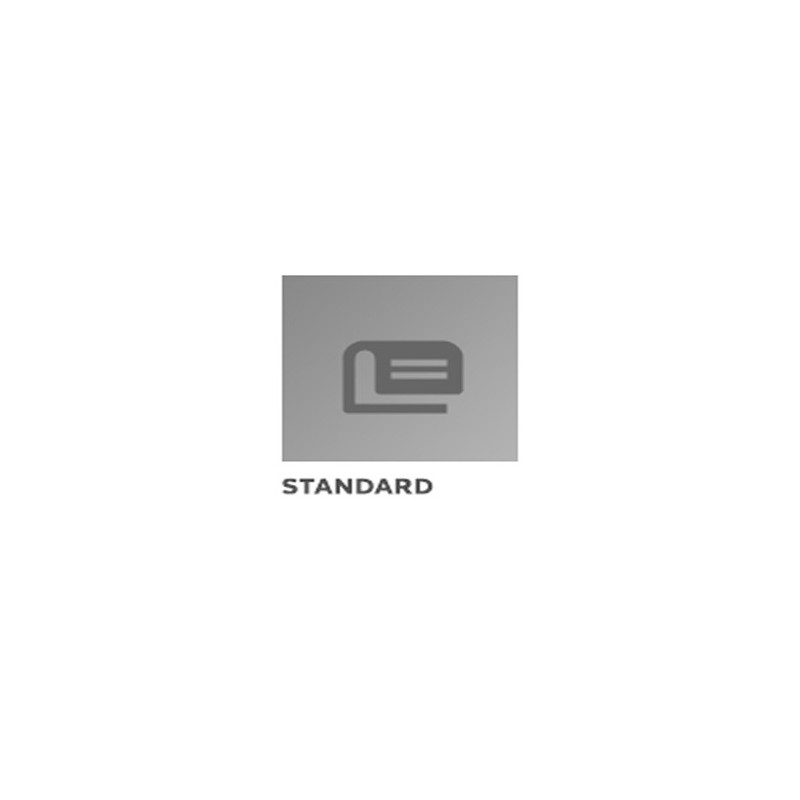Description / Abstract:
This document covers the mechanisms from the power cylinder
which contribute to the mechanical friction of an internal
combustion engine. It will not discuss in detail the influence of
other engine components or engine driven accessories on
friction.
Purpose
In internal combustion engines, the ability of an engine to
generate its power potential to its fullest is hindered by the
inherent internal friction of the sliding components and the
friction of the engine driven accessories. In an era where power
and fuel economy are key performance attributes, any operating
condition which hinders the ability of an engine to achieve these
attributes is of primary interest to the engine designer. Any
sliding surface in the engine contributes to the friction of an
engine. According to Taylor, (Reference a), the friction of an
internal combustion engine is partitioned between the piston and
ring assembly and the bearing, valve, and gear trains with the
piston assembly accounting for 75% of the friction. Since the power
cylinder friction is a major contributor to the over-all mechanical
friction of the engine, any friction reduction goes directly to
brake power with no increase in emissions, will add thermal
efficiency at no cost to the customer, and can potentially improve
durability. Any attempt to minimize the friction of an engine
logically starts with decreasing the friction of the piston
assembly. This document focuses on the friction of the piston and
ring assembly sliding in a lubricated bore, in an attempt to
communicate the current best thinking on the subject of power
cylinder friction. With this understanding, the engine designer or
engine development engineer will be able to minimize the friction
of the power cylinder assembly thereby contributing to the power
output or fuel economy of an internal combustion engine.


